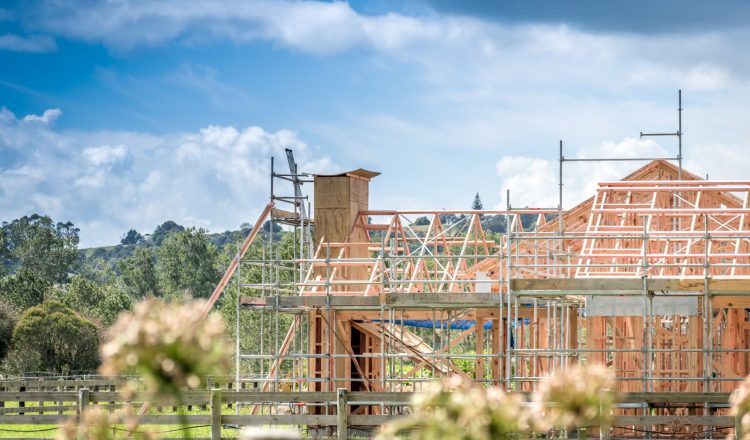学生用宿泊施設
ニュージーランドに留学する際には、住む場所が必要です。留学中の宿泊施設には、大きく分けて4つの選択肢があります。学生寮、下宿、ホームステイ、独立した宿泊施設などです。
どのオプションを選択するかは、予算を考慮する必要があります。食費、交通費、光熱費などにいくらかかるのか、家賃にいくら使えるのかを考えてください。また、キャンパスからの距離や必要な設備なども考慮する必要があるでしょう。
学生寮
学生寮は通常、キャンパスや大学施設から歩いてすぐの場所にあります。通常、家具付きのシングルまたはツインルームで、ダイニングホール、ラウンジ、ランドリーが共有です。ニュージーランドには、学生の宿泊施設として民間のホステルを提供している機関がいくつかあり、同じように運営されていますが、中には各戸独立式のアパートもあります。寮に住むことの大きなメリットは、他の学生に囲まれているため、友人を作りやすく、新しいつながりを築くことができることです。
ホームステイ
ホームステイでは、ニュージーランドの家族の家に滞在します。通常、家具付きの自分の部屋が与えられます。家族はあなたに食事を提供し、あなたがニュージーランドでの生活に慣れるよう手助けしてくれます。ホームステイの利点は、すぐに家族との絆が深まることと、英語力の向上、ニュージーランドの文化や生活様式を知ることができることです。
フラット
フラットとは、独立した宿泊施設のことです。フラットには、1ベッドルームのアパートから4ベッドルーム、5ベッドルームの家まであります。街中やキャンパスの近く、あるいはもっと田舎での生活を希望する場合には遠く離れた場所でも利用できます。ほとんどのフラットは家具付きで、食器洗い機や洗濯機なども含まれていますが、家具なしのオプションもあります。一人でフラットを借りることもできるし、知り合いや知らない人とシェアすることもできます。多くの学生は、他の学生とフラットをシェアをして、請求費用などを分担しています。フラットのシェアをしたい他の学生と知り合えるサイトもあります。

















































